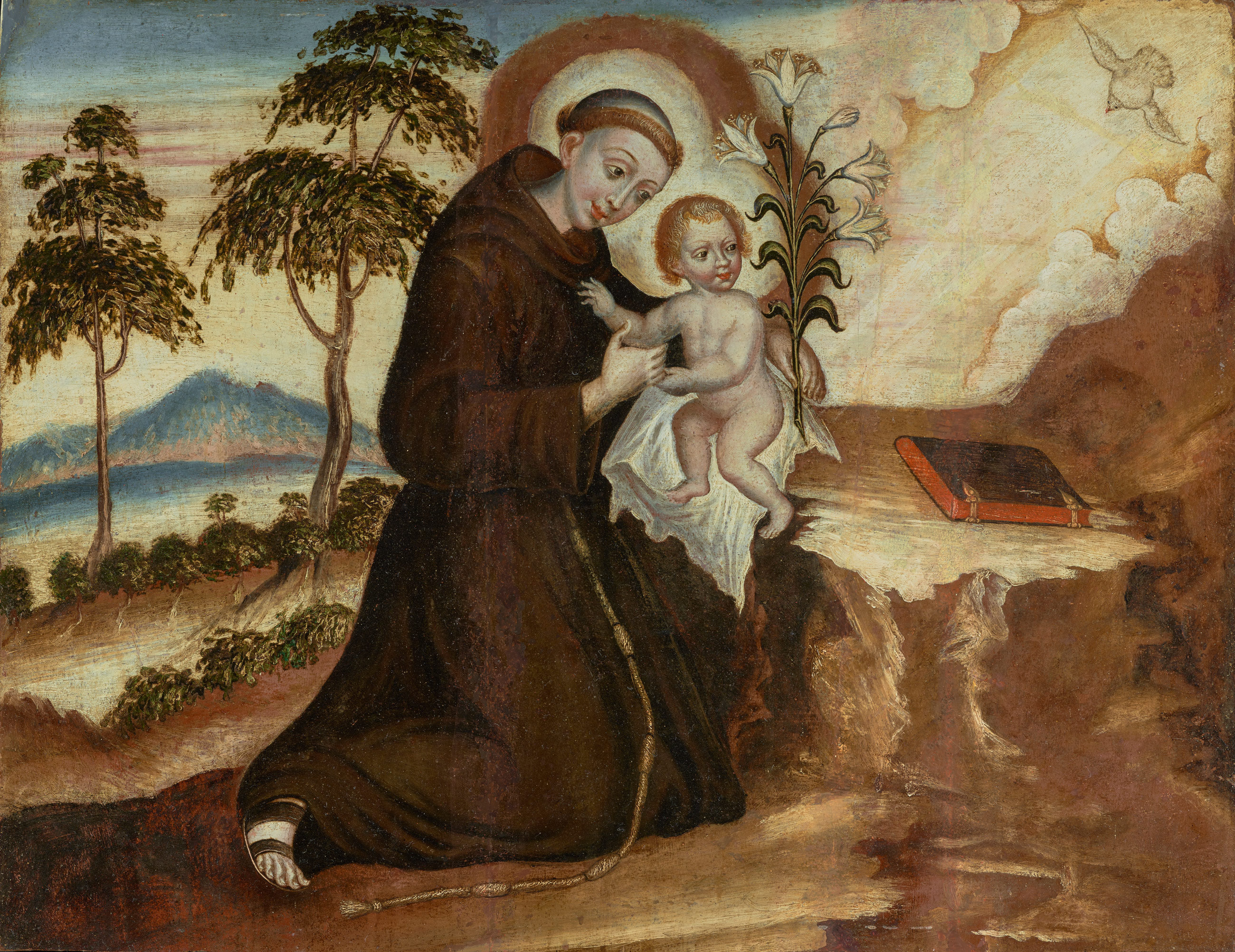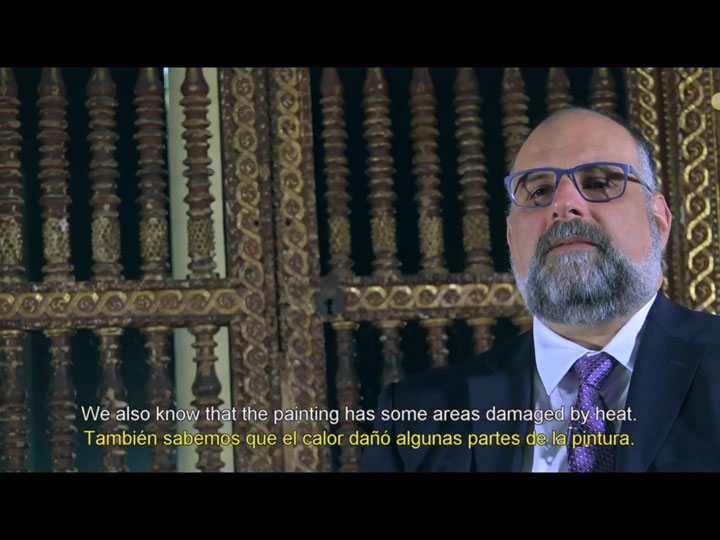
Collection Highlights
Explore objects from the Mayer Center, Department of Latin American Art in our online collection.
Department Staff
Jorge F. Rivas Pérez, Frederick and Jan Mayer Curator of Latin American Art
Jorge F. Rivas Pérez, PhD, is the Frederick and Jan Mayer Curator of Latin American Art and department head. He previously served as the curator of Spanish colonial art at the Colección Patricia Phelps de Cisneros in Venezuela, and as the associate curator of Latin American art at the Los Angeles County Museum of Art. Since joining the Denver Art Museum in 2016, Rivas Pérez has focused on reimagining the Latin American art department, reinstalling the permanent collection galleries scheduled to reopen in 2021, and on the acquisitions program of the department. Under his leadership the department has strengthened historic Latin American art holdings and widened the breadth of its renowned collections expanding into modern and contemporary art from the region. Rivas Pérez recent curatorial projects at the museum have included The Light Show and ReVisión: Art in the Americas. He is the Latin American art editor and organizer of the Mayer Center Symposium program and publications, and has contributed essays to publications on a wide range of Latin American art, design and material culture topics. He was born in Caracas, Venezuela, received his master's from the University of Florence, Italy, and his master of philosophy and PhD from the Bard Graduate Center in New York City.
Raphael Fonseca, Curator of Modern and Contemporary Latin American Art
Raphael Fonseca is the Curator of Modern and Contemporary Latin American Art at the Denver Art Museum. He is a researcher in the areas of curating, art history, art critic and education. He worked as a curator at MAC Niterói (Contemporary Art Museum of Niterói, Brazil) from 2017 to 2020. He's one of the curators of the next edition of the SESC_VIdeobrasil Biennale, working along with Renée Akitelek Mboya and Solange Farkas, in 2023.
Lisbet Barrientos, Curatorial Assistant
Lisbet Barrientos is the Curatorial Assistant for Latin American Art. She has interned at Museo de las Americas, History Colorado, and co-curated an exhibition at the Madden Museum of Art in 2019. Barrientos was previously the assistant to the director of The55Project, dedicated to amplifying Brazilian visual culture in North America. She completed her master’s in art history with a concentration in museum studies at the University of Denver and has published her research with the intersectional online platform Femme Salée.
Manuel Ferreira, Interpretive Specialist
Manuel Ferreira is the Interpretive Specialist for Art of the Ancient Americas and Latin American Art. He received a bachelor’s in anthropology from Lawrence University, and a master’s in anthropology with a concentration in museum and heritage studies from the University of Denver. Manuel brings experience gained from his work at art, anthropology, and natural history museums in the Midwest and Southwest. Before joining the Denver Art Museum in 2022, Manuel was the Curator of Anthropology Collections and Exhibitions at the Logan Museum of Anthropology at Beloit College, Wisconsin.
Kathryn Santner, Frederick and Jan Mayer Fellow in Spanish Colonial Art
Kathryn Santner, PhD, is the Frederick and Jan Mayer Fellow in Spanish Colonial Art. Prior to joining the museum, she worked as a Curatorial Fellow for Art of the Spanish Americas at the Carl and Marilynn Thoma Foundation and a Leverhulme Early Career Fellow at the School of Advanced Study, University of London. Her research focuses on gender, race, and religion in the colonial Andes and Philippines. She received her MPhil and PhD from the University of Cambridge.
Research
Scholars wishing to access the Mayer Center, Department of Latin American Art collections and/or library holdings must contact the Mayer Center well in advance of a visit. If approval for a study is granted, the collection/library will be made available as the staff of the DAM's schedule permits. Please plan accordingly.
Email mayercenter@denverartmuseum.org for more information.
Exhibition History
Recent exhibitions organized by the Mayer Center, Department of Latin American Art department include:





















